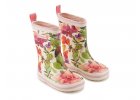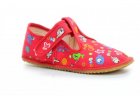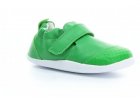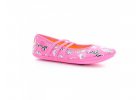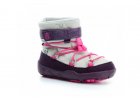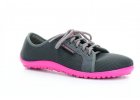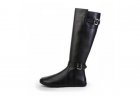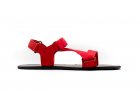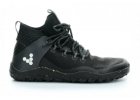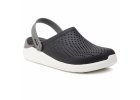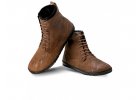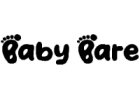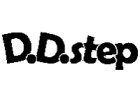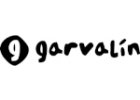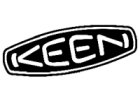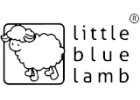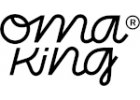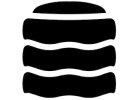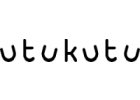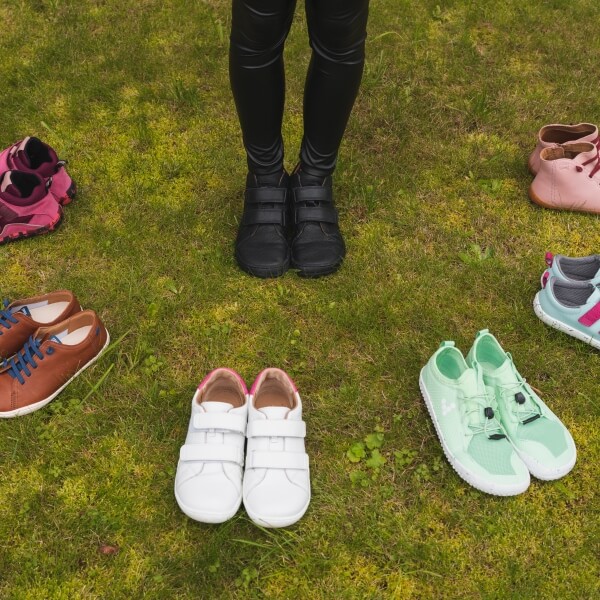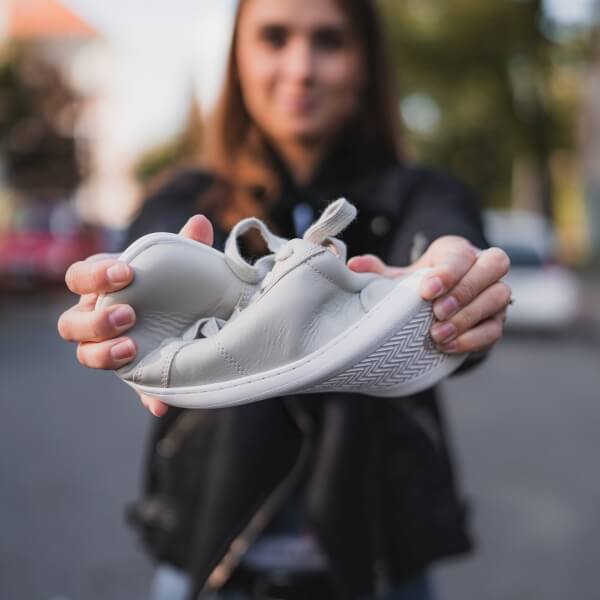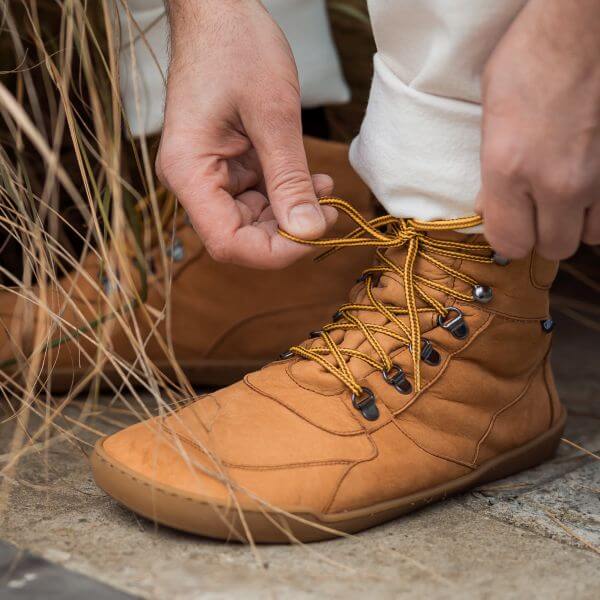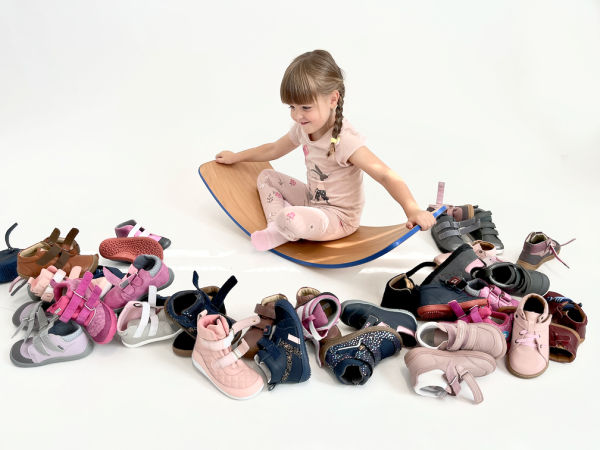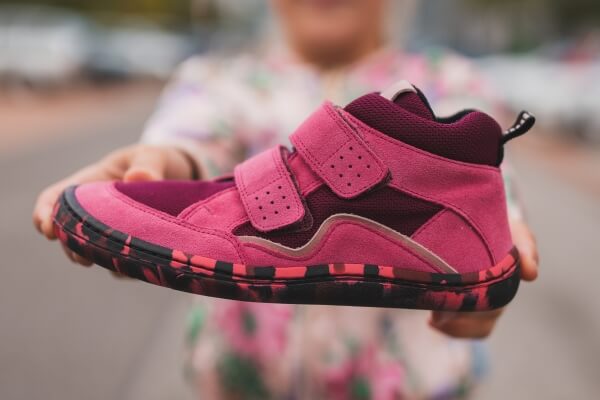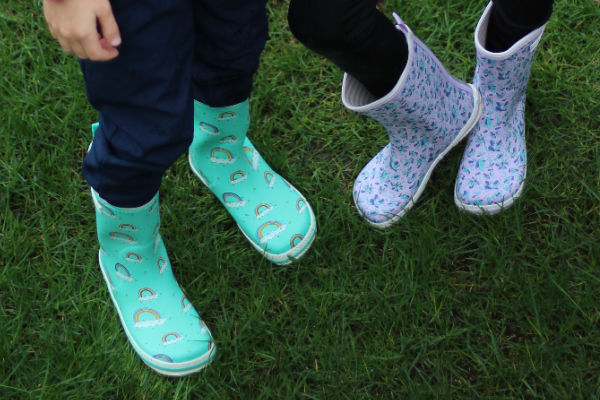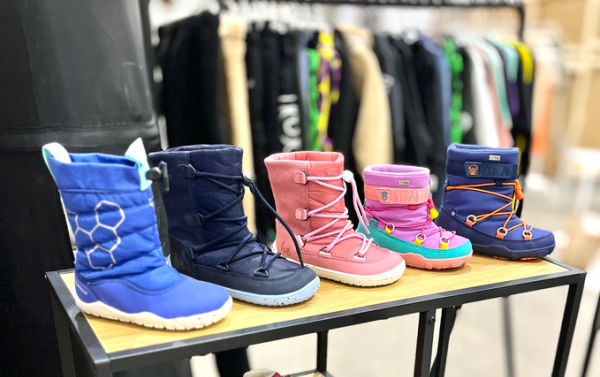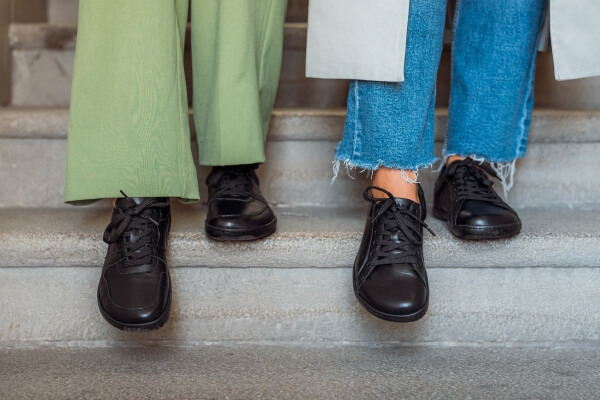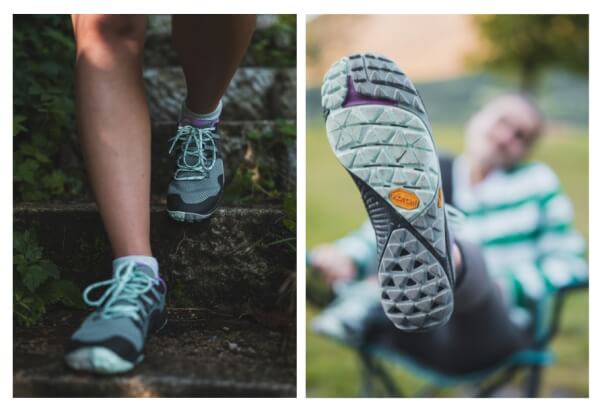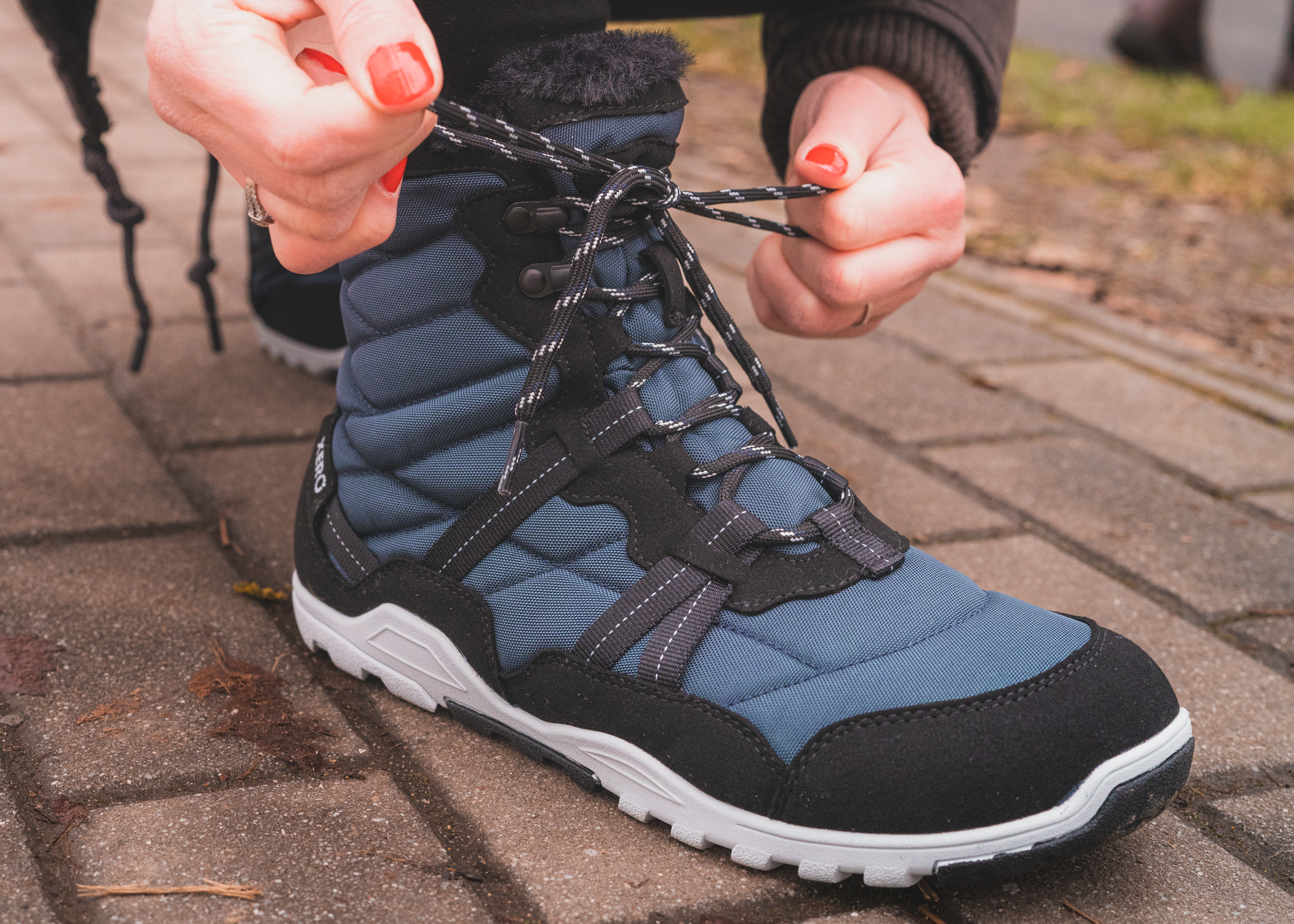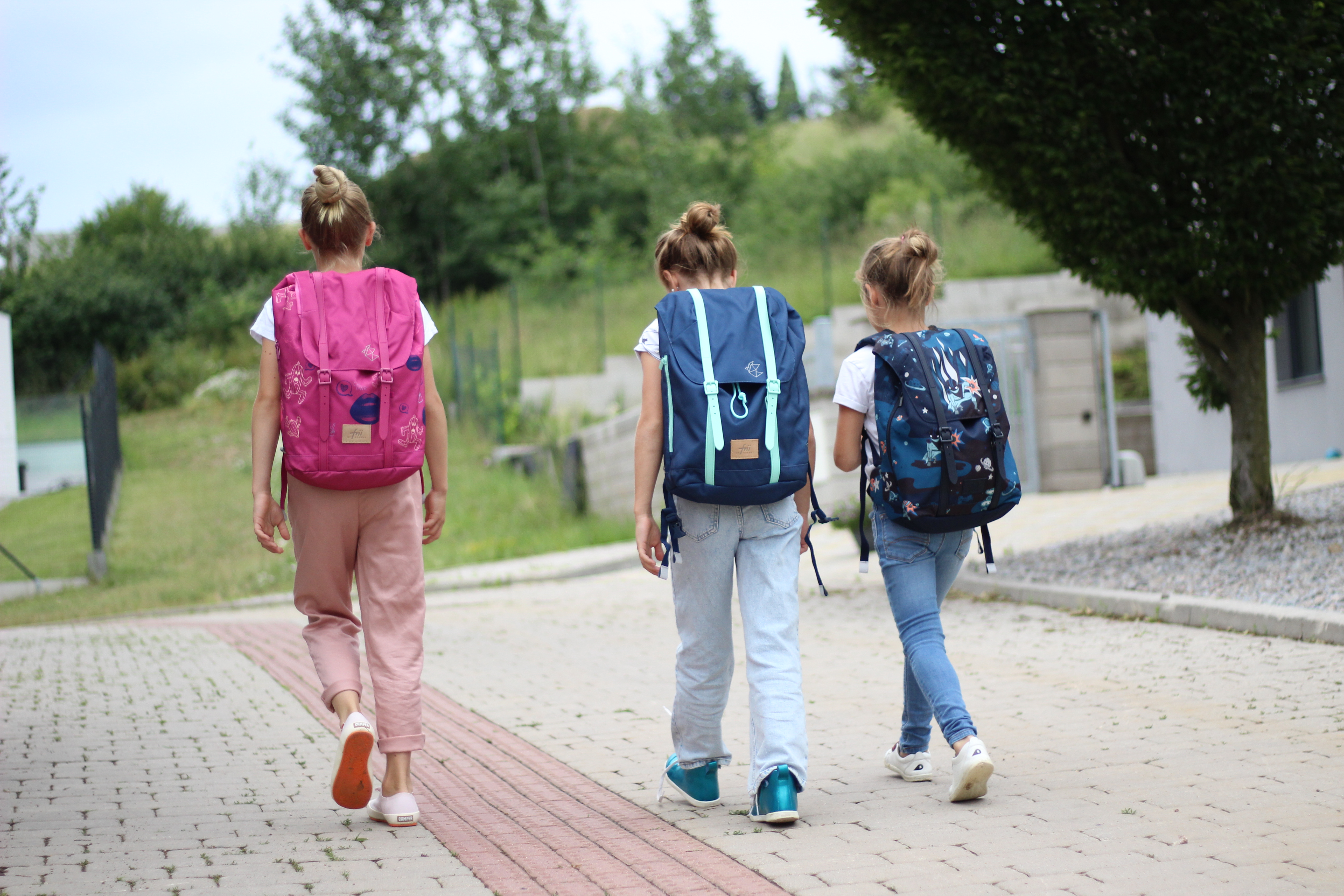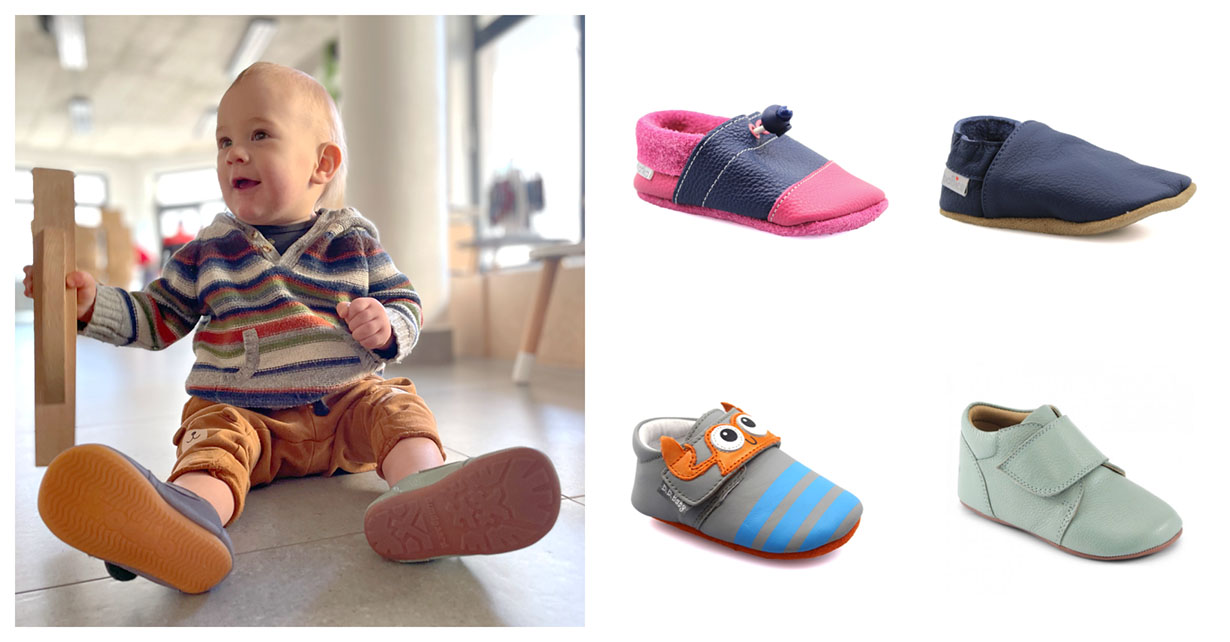How to properly care for children's feet? Here are 10 practical tips.
- Trim nails - Baby nails are soft and delicate, but if they start to grow in, wearing socks and shoes can hurt. Physiotherapists from Fyzionožka recommend trimming nails straight, for example, using so-called clippers instead of scissors. If your child resists clipping, you can leave it until he or she falls asleep.
- Avoid rompers - A child's foot needs plenty of free movement for proper development. According to Marie Součková, MD, short rompers can lay the foundation for orthopaedic defects. Similarly, tights are not very suitable; it is better to put leggings and warm socks on your baby.
- Socks must not be tight - Similar to the previous point, the same rule applies to the socks themselves. If they pull the toes together too tightly, there is a risk of poor foot development.
- Let children go barefoot - The sole of the foot contains a high number of nerve receptors. Barefoot walking stimulates the foot and positively influences the formation of movement patterns and posture.
- Wash your feet every day - Regular hygiene can prevent the development of mould and other skin problems. Pay particular attention to the area between the toes. Dry your feet thoroughly, and ideally you should use a special towel to wipe your feet.
- Put on the toddler shoes as late as possible - As we discuss in more detail in a separate article, the right time to put on the toddler's first shoes is when the child is walking on his own in the open space and the movement on the back makes up most of his waking time.
- Avoid inheriting shoes - If you have worn-out shoes from family or friends, their specific tread pattern can throw your child's foot out of the optimal position. So if you inherit shoes or buy some from a second-hand store, then only in perfect condition (minimally worn).
- Respect the purpose of the shoe - For example, sports shoes are designed for sport, not for all-day wear. Similarly, rain boots should not be worn by children all day; they could cause blisters on the feet or other injuries. Ideally, you should have a special pair of children's shoes for each purpose.
- Measure your feet regularly - A child's foot grows quickly, so make sure you measure your foot regularly, this is the most accurate way to find out if your child needs a bigger size. The moment there's less than 0.5 cm of extra measurement left in the shoe, you should start looking for new shoes.
- Make sure you choose healthy shoes - Healthy shoes are wide enough at the toe so they don't restrict your toes. They have a flat and soft sole that allows for proper weight distribution and stride unwinding. Therefore, many physical therapists recommend barefoot shoes that meet these characteristics.



